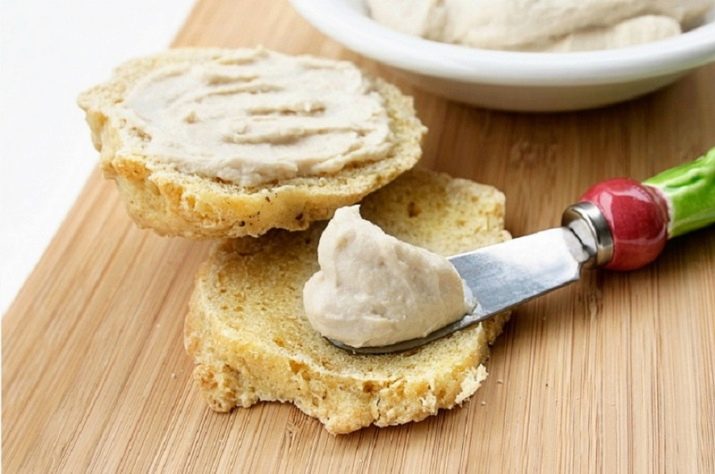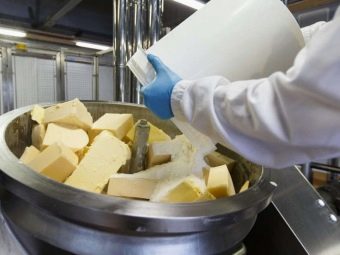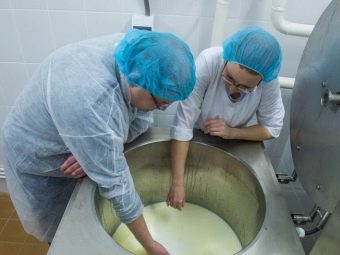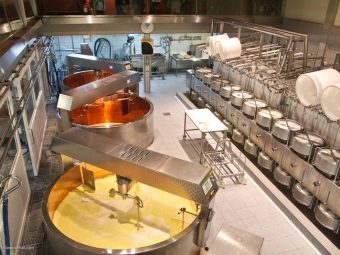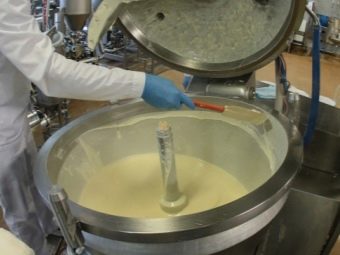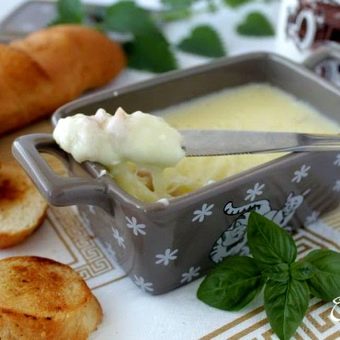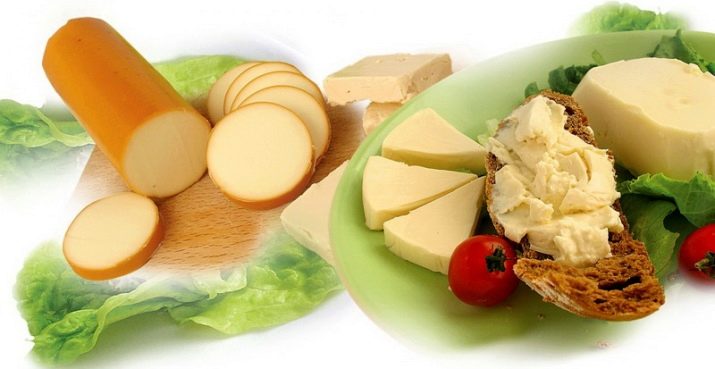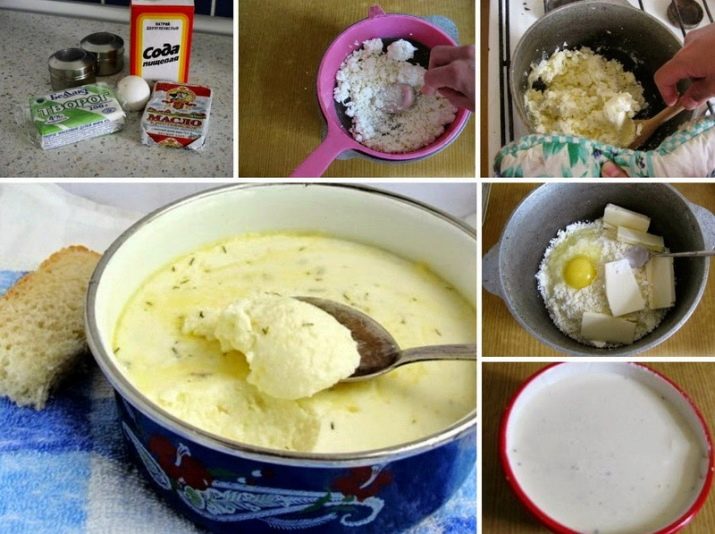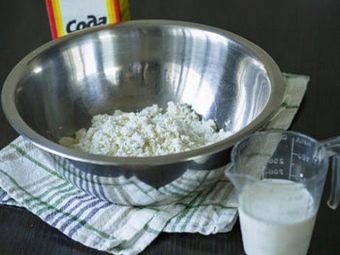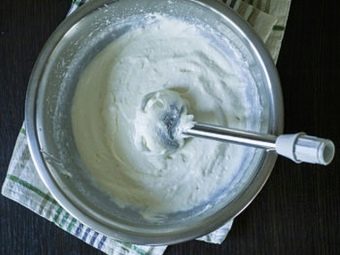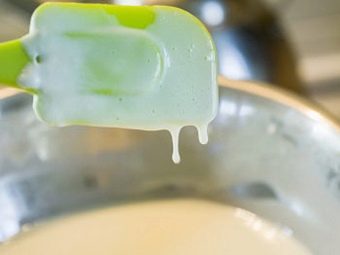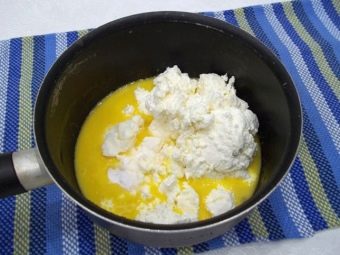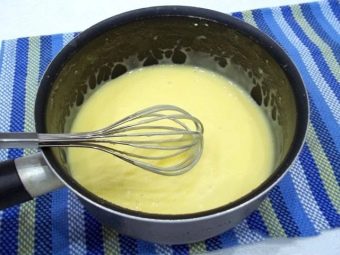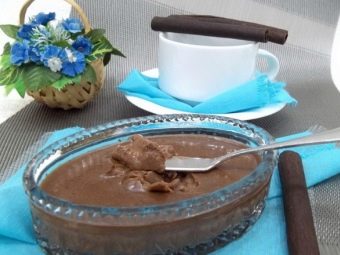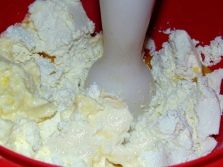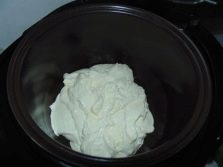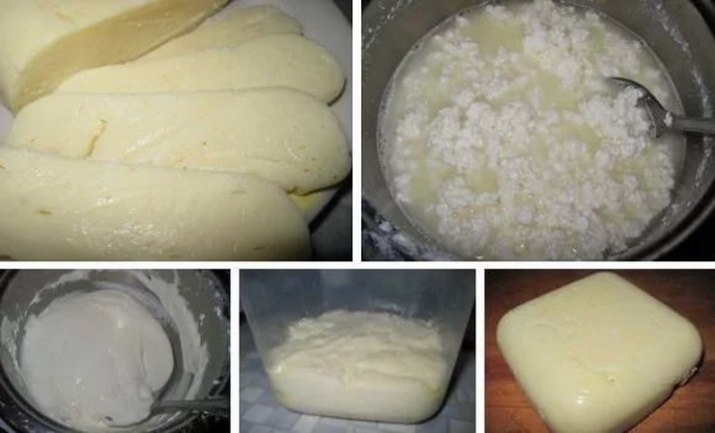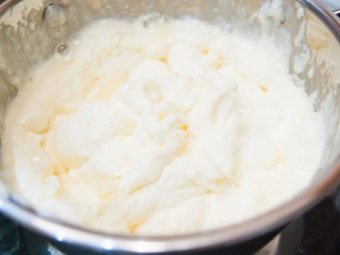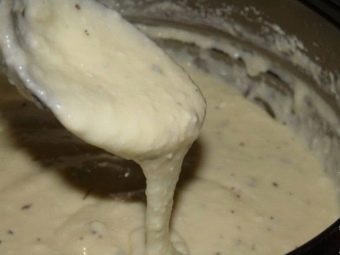How to make melted cheese at home?

Cream cheese is also enjoyed by the residents of Russia no less than traditional hard bread.Its delicate, soft texture creates the perfect contrast with dried toast, and the taste remains as excellent as its fellow has a different consistency. For the big connoisseurs of this product, the news that it is quite possible to cook it at home will be joyful. It is much easier to create than hard cheese, and only widely available products will be required for the whole process.
What it is?
Melted cheese is obtained from ordinary rennet cheese by, as you might guess, melting. Heat treatment should be carried out exclusively at a temperature between 75 and 95 degrees Celsius. In addition, some salts are responsible for the production of the product, which are called melters. These include phosphates and citrates of potassium and sodium. It is believed that the processed cheese was invented as an attempt to make a cheap analogue of Brie cheese. Its sale began in Switzerland in the 50s of the last century.
During pasteurization of hard cheeses, milk, butter and additives, the consistency of the mass becomes viscous and uniform. In addition, at the same time microorganisms develop that can increase the shelf life of the product. It should also be noted that, in addition to the traditional melting temperature range, there is another one - 140 degrees. This indicator ensures absolute sterilization of the cheese substance.
Cream cheese considered more beneficial to the human body than solid, as it is much better absorbed and contains less cholesterol. In addition, the dairy product is rich in various vitamins and elements. Among the vitamins are A, D, E, and among other trace elements - sodium, calcium, phosphorus, amino acids. It is important to note that processed cheese is considered the best source of protein for the growth and development of the body. The caloric value of 100 grams of food varies from 220 to 360 kilocalories.
The product is contraindicated for those who suffer from lactose intolerance, as well as people who use dairy products which cause allergic reactions. Care must also be taken by patients suffering from diseases of the gastrointestinal tract.
Varieties
In stores, this product is sold in various forms. This is either a box with a sticky mass, or thin pieces packed in individual sachets, or briquettes that need to be deformed on bread. In the first case, the cheese paste contains a large amount of moisture and fat, and by its consistency it resembles a pastry cream. In the second case, the fat content of the cheese ranges from 50 to 70%. Some people also refer to processed cheese and sausage cheese. It has the most dense texture, contains little fat, and in the process of cooking is smoked.
The quantity of various tastes is very large, because different types of vegetables and even fruits, greens, meat products and mushrooms are added to the melted cheese. Manufacturers supply the market with sweet cheeses, which contain coffee, cocoa, berries, nuts, honey and other additives.
Recipes
Cottage cheese
At home, make melted cheese should not be difficult. You need 400 grams of cottage cheese, 100 grams of butter, 2 eggs and a teaspoon of soda. Preparation begins with the fact that the curd through manual action turns into a homogeneous mass. Then soda and egg are added to it and everything is well mixed, after that - butter, and everything repeats again.
The resulting substance is put on a small fire, where for a quarter of an hour lumps will have to melt. During cooking, the contents of the saucepan is important to constantly interfere, otherwise it may burn. The finished cheese is poured into a container, closed with a lid, cooled and sent for long-term storage in a refrigerator.
Spicy cheese with fresh herbs
You can make spicy cheese with fresh greens from goat milk at home.In addition to 500 grams of cottage cheese and 120 milliliters of milk, you have to prepare 2 tablespoons of butter, half a teaspoon of soda, dill or parsley and spices. It all starts with the fact that dairy products with soda are whipped with a mixer. The substance is poured into a saucepan, and then begins to heat up on a small fire. Periodically everything must be stirred.
At that moment, when the structure of the curd will change, oil, salt and finely chopped greens will be immersed in the tank. On the fire, everything will stand until the curd is completely dispersed. Then the next cheese is poured into the boxes and retracted into the refrigerator.
Chocolate cheese
Chocolate cheese is prepared approximately in the same way. To begin with, 400 grams of cottage cheese, 100 grams of bitter or dark chocolate, 50 grams of butter, 75 milliliters of milk, 2 tablespoons of sugar and a teaspoon of soda are bought. Cottage cheese, milk and soda are whipped with a mixer until a homogeneous consistency is achieved. Together with butter, they are placed in a saucepan and sent to a water bath for 20 minutes.
Future cheese is important to stir until the whole curd disperses. When this happens, the product is removed from the heat, mixed with sugar and chocolate. Again, it is important to achieve the dissolution of all ingredients. Ready cheese is poured into containers and sent to the refrigerator for storage up to 7 days.
In the slow cooker
In a multicooker, processed cheese can also be prepared, because the device will greatly simplify all the work. The necessary components are pre-processed with a mixer, and then laid out in the multicooker bowl. The temperature is set from 95 to 100 degrees Celsius, and the cheese begins to prepare until the mass begins to thicken. Periodically, the substance must be stirred.
Cream cheese from kefir
Of course, processed cheese is made from kefir. This recipe requires 2 liters of a high-fat drink, one egg, a tablespoon of butter, a teaspoon of salt and half a teaspoon of soda. In addition, black pepper, curry, paprika or other spices are added as desired. Kefir is installed in a water bath, where the drink will remain until clots appear and the whey is gone.
Clots are laid out in a colander, pre-lined with gauze. The excess liquid is squeezed out, after which the curd is infused for 30 minutes. The resulting mass is mixed with other ingredients, shuffles and retracts into the pan. The water bath is turned on again, where the cheese is about 15 minutes. Periodically stirring the substance, it is necessary to obtain a yellowish and uniform mass, in which individual pieces of cottage cheese are not visible. After that, everything is poured into a container, cooled and sent to the refrigerator for a couple of hours.
Useful recommendations
Check the correct preparation of the product can be on its consistency. While it is heated, the cheese should be dragged and be very tender, but as soon as it cools down - the substance should harden slightly. However, it is important that it does not begin to crunch or break into crumbs. Such symptoms suggest that something was done incorrectly. Experts recommend cooking in a water bath to avoid burning during the melting stage of dairy products. But even in this case, the cheese will have to constantly stir.
If a spoon does not cope with a dense mass, then you can use a tolkushka intended for mashing. It is also important not to forget to pre-strain the curd - it may be whey. Butter and cream are used to change the fat content of the product, therefore, by increasing or decreasing their quantity, you can adjust the taste characteristics of processed cheese. A kilogram of cottage cheese usually gives cheese, whose weight ranges from 650 to 700 grams.
In the event that the cottage cheese does not melt, you can do in two different ways.First, in the presence of large lumps in the substance it is recommended to add a bit of soda. If the lumps are small, then you should not worry - they are able to disperse on their own while the cheese is dissolved. In the end, their presence is uncritical, and therefore it is important to continue cooking, so as not to ruin the whole dish. Secondly, the cottage cheese does not melt in the case when it is of low quality. When non-natural substances are present in the composition, the product is diluted with something or stored under the wrong conditions, further processing may be difficult.
How to make melted cheese at home, see the next video.

